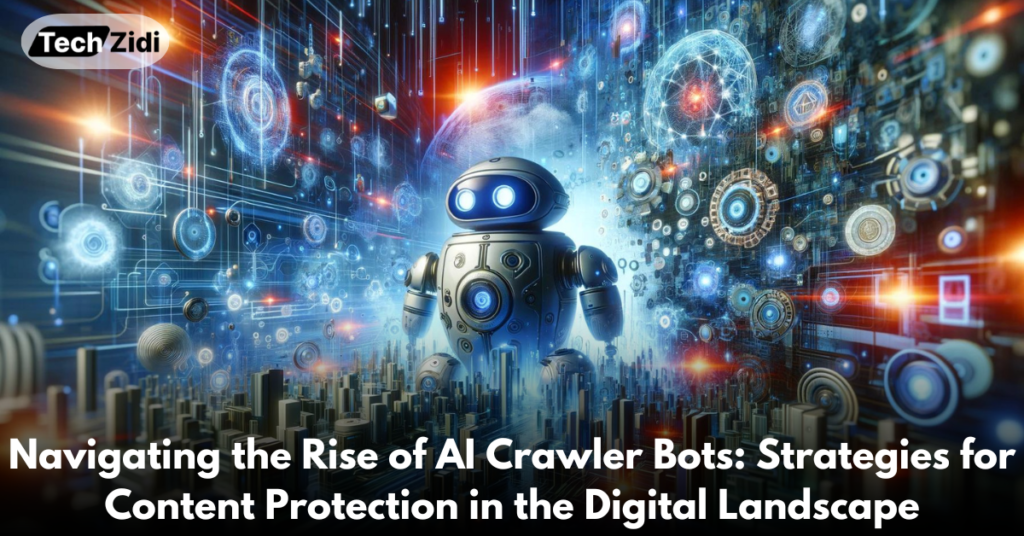Navigating the Rise of AI Crawler Bots: Strategies for Content Protection in the Digital Landscape
In the digital landscape, publishers are grappling with the rise of AI crawler bots, which can scrape and utilize content from websites, raising concerns about data usage and ownership. The robots.txt file, a text document that allows website owners to control search engine indexing, has become increasingly important in this context. As AI technology advances, the role of robots.txt is being redefined, leading to publishers adapting their strategies accordingly.
Evolution of Robots.txt
Martijn Koster of Nexor created the robots.txt file in 1994, and it has changed significantly since then. As these bots become more sophisticated, they can bypass traditional directives, leading to increased content scraping. Publishers must now balance protecting their content while allowing legitimate search engines to index their sites. To address this challenge, website owners are now exploring advanced techniques such as using meta tags and structured data to provide clearer instructions to search engine bots.
Some publishers are implementing user authentication systems to ensure that only authorized users have access to their valuable content. With the rise of machine learning algorithms, publishers are also using AI-powered tools to find and stop attempts at unauthorized scraping, which makes their content protection even stronger. Since the internet is always changing, website owners need to keep adapting and improving these methods to stay in charge of their online presence.
Diverse Publisher Strategies
The Washington Post blocks bots based on how they affect SEO metrics, while 404 Media has put up a registration wall to protect their content. This strategy strikes a balance between protecting data and maintaining visibility in search engine results. Politico EU embraces AI crawlers to build brand awareness and generate answers in AI chat interfaces, positioning itself as a go-to source for political news. The varying strategies of publishers like 404 Media, The Washington Post, and Politico EU can be attributed to their distinct business models.
Subscription-based publishers may block AI crawler bots to protect their content and maintain subscription value, while freemium content models may benefit from allowing AI crawlers to index their content to drive traffic and increase ad revenue. As AI technology continues to evolve, publishers will need to stay vigilant and adapt their strategies to protect their content and maintain their competitive edge. The humble robots.txt file has become a critical tool in this new digital frontier.



